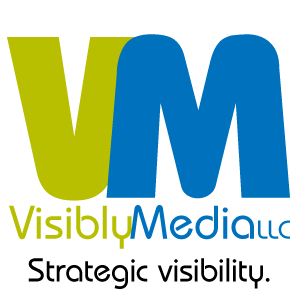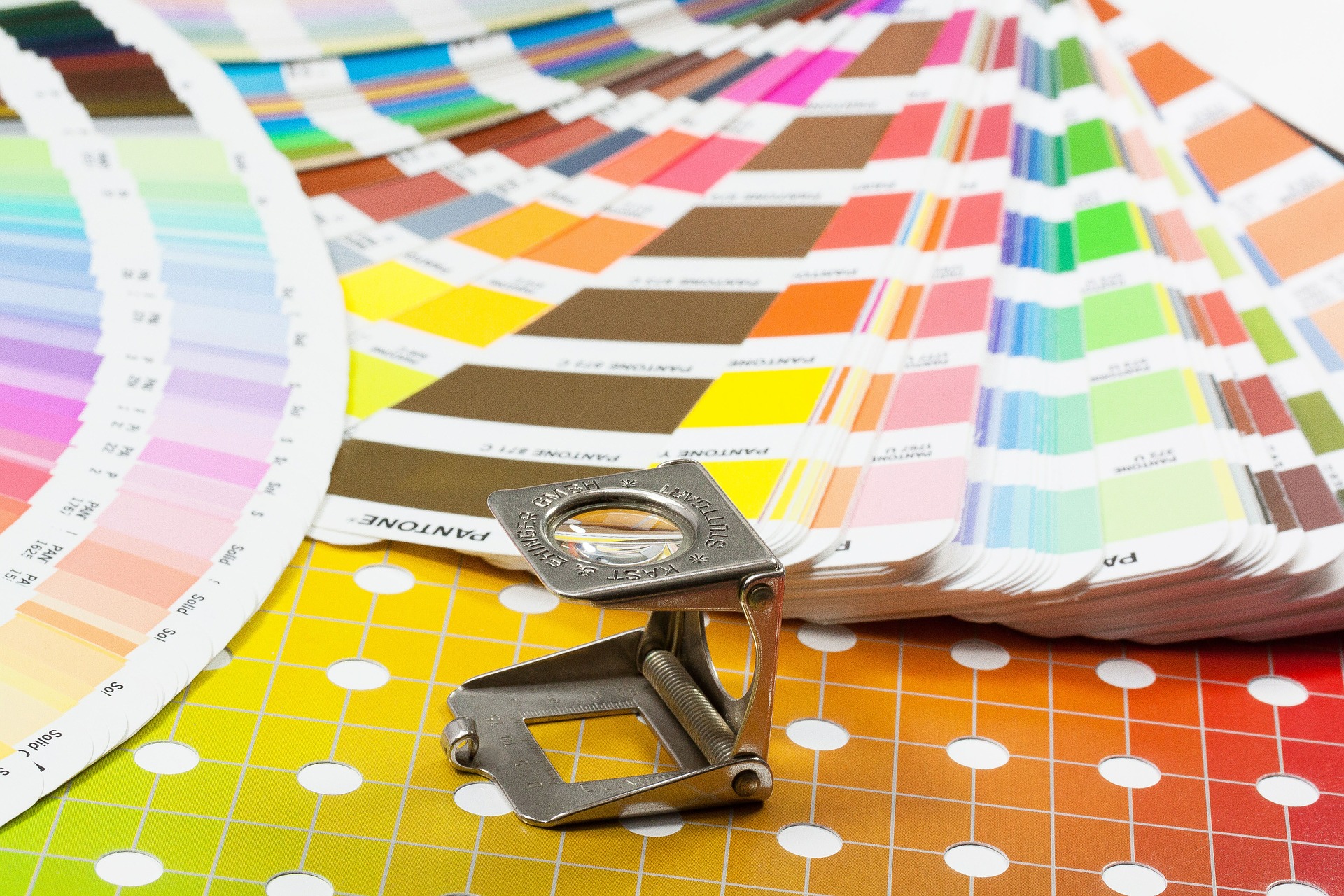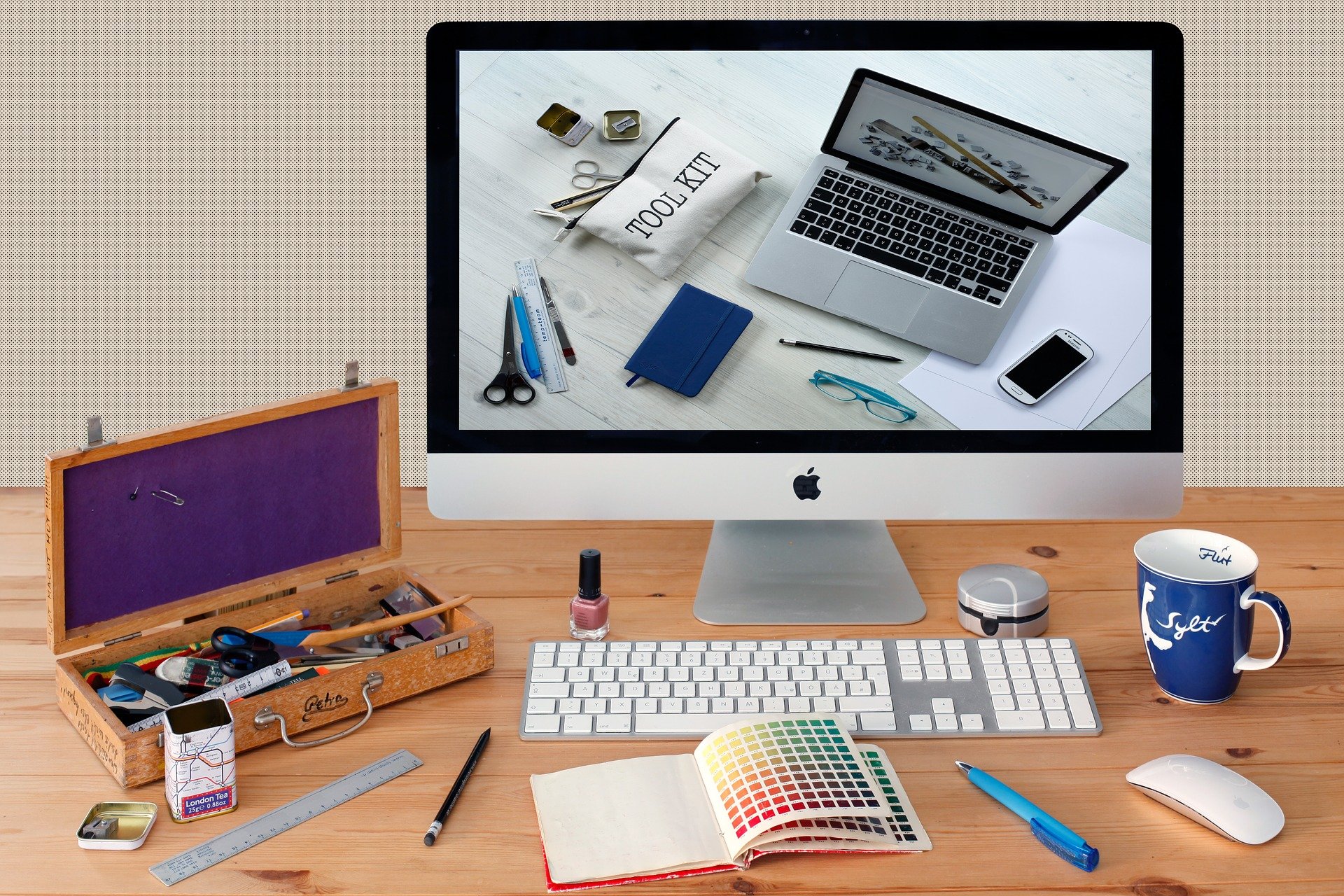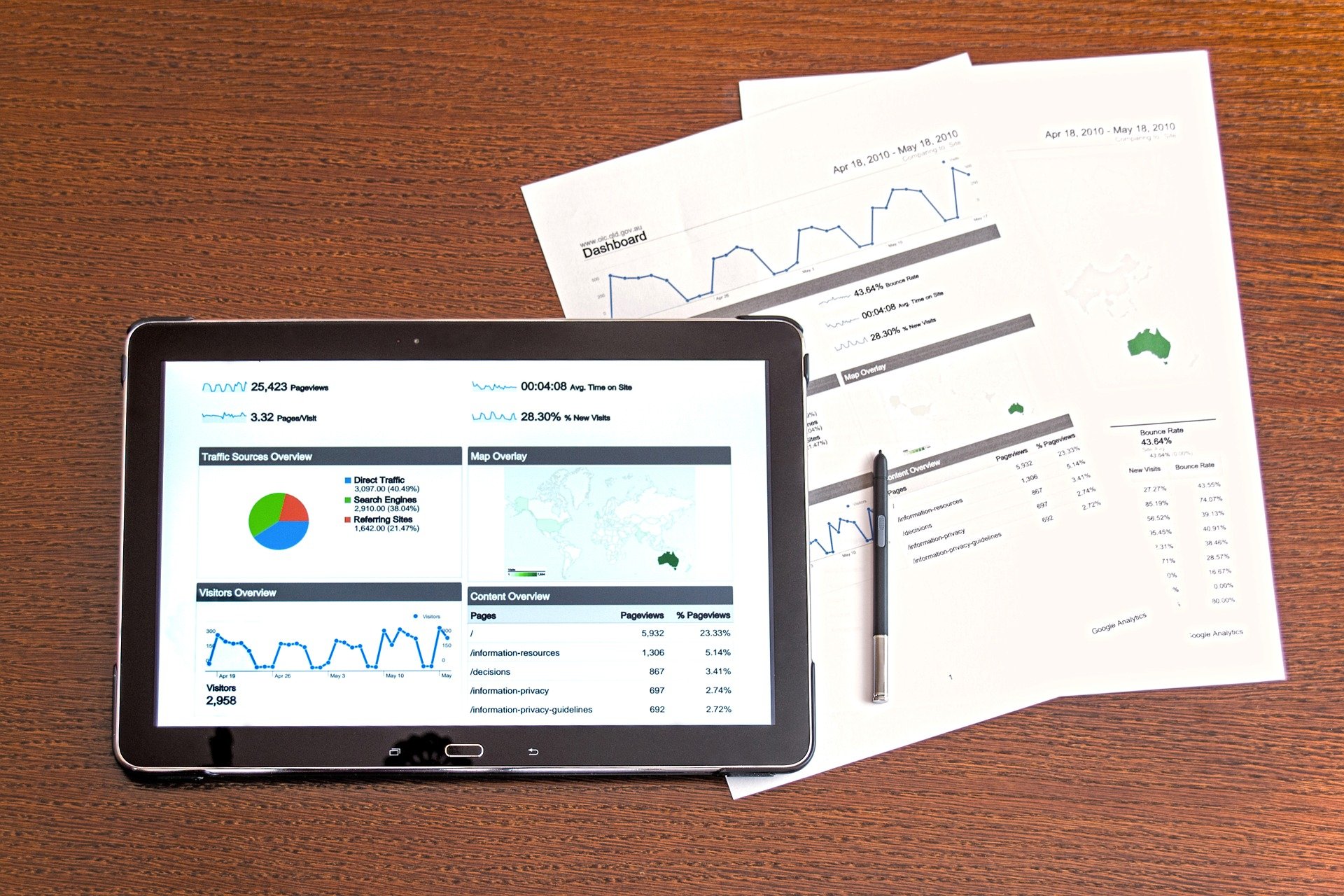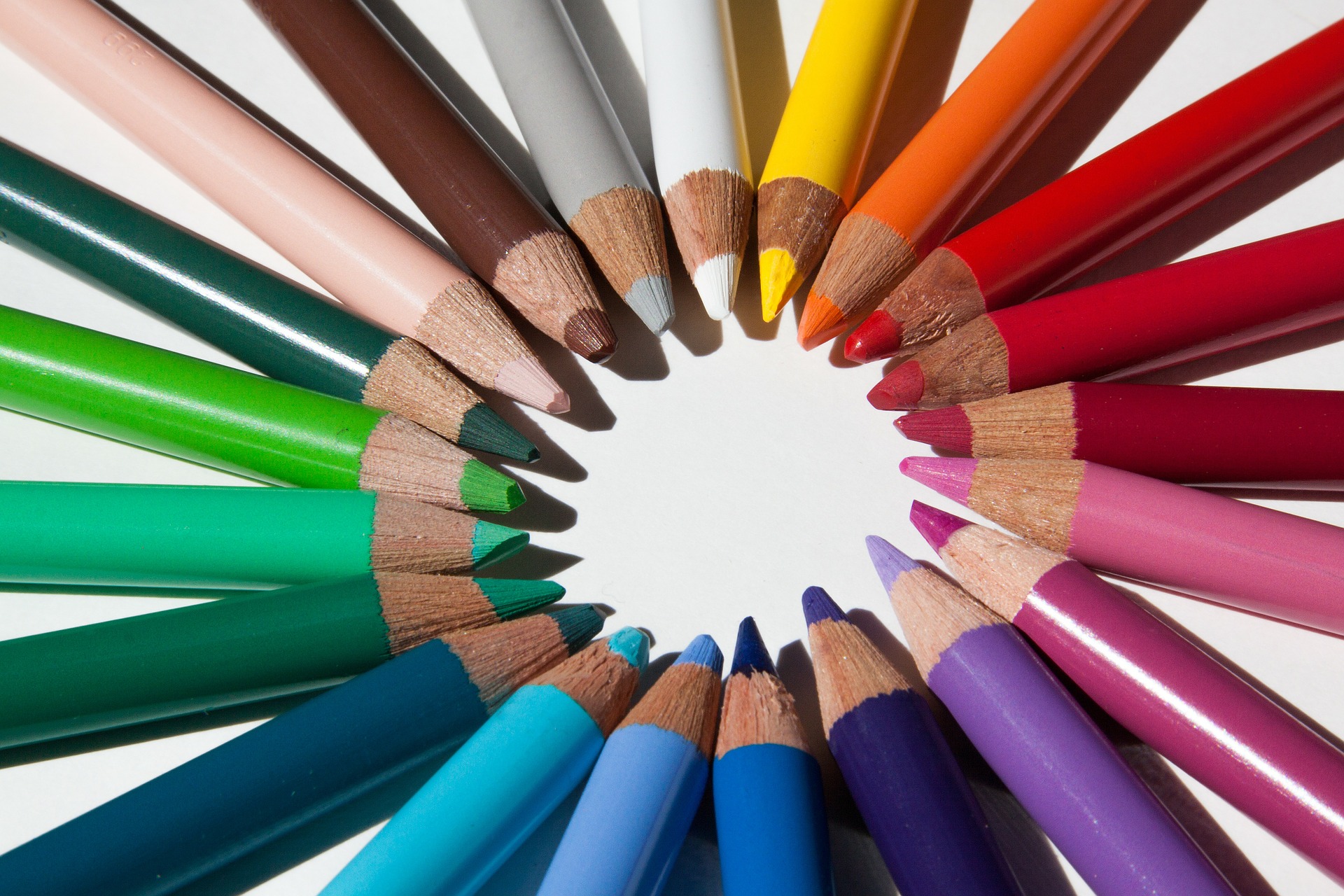Your printshop is a strategic business partner, working alongside with you to help your business stay top of mind to your prospects and clients. Not only should you understand that relationship, you can help your printshop get your projects done with more speed and less effort by staying aware of certain things.
For the foremost question on your mind, if you don’t do a lot of printing: the 2020 pandemic didn’t alleviate printing or even make it go away (as it has been predicted for the last decade); it actually accelerated it to a new level. More businesses adopted the use of QR codes than before. Restaurants used paper menus and recycled more.
Your Projects
Are you printing on one side or both sides? Did you want your business card to be folded? Should your brochure be a trifold or quadfold? Is your postcard going to be mailed or handed out? Should you include your business card in the design of either your brochure or rack card? Can your printshop print in RGB? What is your printshop’s rich black values? How much should you increase the size of your project to allow for bleed? What IS a bleed, and do I want to use it? How much will the printshop charge me to fix mistakes in my file(s)?
Finally, and the most important question: How will this marketing piece be used?
Printing can be stressful on both the business owner and the printshop, but it doesn’t have to be. Understanding more about how the print world works and what your shop may need to know about your project(s) will help alleviate the stress.
Thoughts About Your Project
- Size Matters. What type of marketing piece are you printing: a business card, brochure, postcard, rack card, etc.? Knowing what you want to make is part of the design process and battle for most business owners.
- To Fold or Not To Fold. Do you need to fold your project? If yes, the number of folds and type (traditional vs. z-fold or gate fold) largely depends on the size of your project. Generally speaking, 8.5″ x 11″ can produce up to four different folding options, while using a larger size (i.e., 8.5″ x 14″ or 11″ x 17″) opens up to more possibilities, including a parallel fold, trifold, or an accordion fold. Check with your printshop about size, bleed margin, and safe print area requirements.
- Safe Print Area. This is the area that won’t get cut off during trimming. Your images, marketing text, and QR codes have to live in this area.
- Bleed Margin. The additional amount of inches added on to make ink print off the edge, similar to a magazine cover.
- Image Type. Embedded image formats in the final file print format may work best, high resolution and CMYK (four-color) profile. Formats include but are not limited to Illustrator AI or EPS files, Photoshop PSD or TIFF files, and high resolution JPG files. Check with your printshop to find out what works best with their software and file setup. TIP: QR codes don’t need to be converted at most printshops.
- File Format. This again goes back to the purpose of the design. Most commercial and online print shops require a portable document file (PDF) format, 300 dpi (dots per inch) resolution, with fonts embedded into the file and colors in a CMYK format. Some may take a high-resolution JPG file, colors still in CMYK format. A few print shops may take these formats with an RGB color profile. If you have a storefront and need vacancy graphics, you may be able to set your file to either a PNG, JPG, or BMP file format at 72 dpi. Checking with your printshop will save headaches later.
- Unacceptable Files. Believe it or not, there are some file formats your printshop may not take and will charge you extra if they do. The most famous file format the printshops I work with won’t take are Microsoft ANYTHING. Why? If the printshop doesn’t have the same version of Microsoft ___ (fill in the blank) you’re using, text alignments won’t stay in place. Also, I have yet to see Microsoft Word or Publisher actually embed fonts when a PDF file is created; if you use a special font and assume the printshop has that font, that text will default to the system font on the printshop’s computer (that’s a bad day). Lastly, Microsoft doesn’t work in CMYK (4-color) format – only RGB (3-color) format. This last bit might not seem like a big deal, but a phone call could save the project and your job (not to mention your receding hairline).
Last Tip
If you’re doing graphic design work for clients and sending those files to the client’s printshop of choice, NEVER send your raw files. Why?
- If the printshop has the raw file but the last approved changes were done by you through your software, and the printshop discovers an image or paragraph that may need editing, your client will not know who touched the file last. Ergo, unless you were paid up front by your client, you might not see your money.
- With possession of the raw print files, the printshop can go around you directly to the client. Not cool, but it could happen – it did to me years ago, and once was all it took. Make sure you trust the printshop, or, negotiate to get a non-compete agreement that you create.
No matter what your project is, NEVER take the printshop for granted, and NEVER assume (remember how that word plays out). Check with them by phone, email, or their website, and find out what print requirements you have to meet for your project to get printed.
Be strategic. Be visible. Be found.
Ready to start using social media smarter, not harder? Schedule a 15-minute one-on-one coffee chat over ZOOM to talk about strategically incorporating both social media and inbound strategies into your current marketing plan.
Branded ZOOM backgrounds allow businesses to not only add another option for secondary marketing, but also confirm both identity and authority to prospects and customers. Investment starts at $60. Visit our webpage to get started.
#smallbusiness #businesstips #marketingtips #socialmedia #digitalmarketing #visiblymedia #thursdaytraining #businesshowto #graphicdesign
